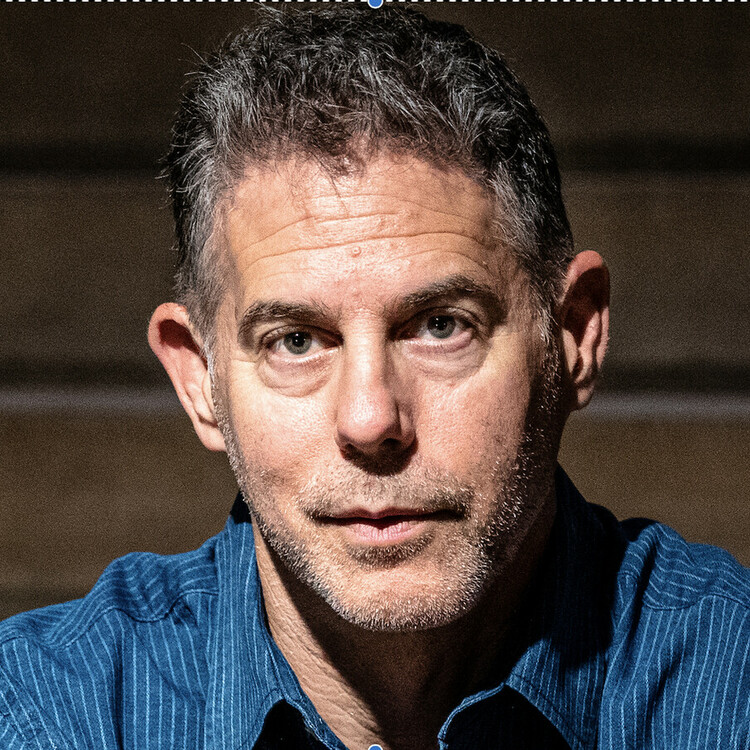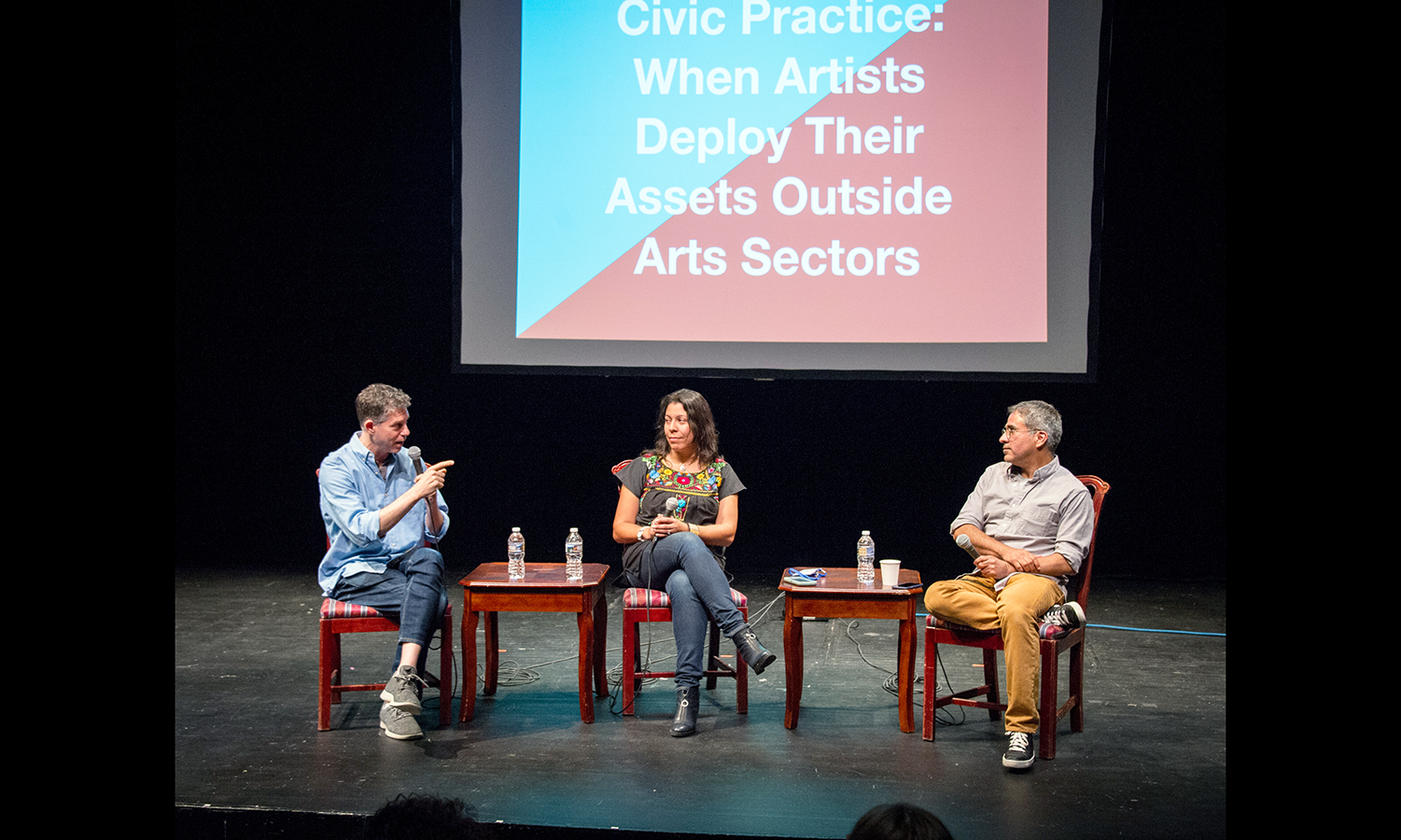Commitments
Center for Performance and Civic Practice (CPCP), a place I work, is a team of artists.
We believe that with the right approach the same tools and capacities artists use to make art can be utilized to transform systems and improve the outcomes of government and community-driven efforts and programs.
We commit to racial justice and to hosting and supporting practices of inclusion.
We commit to using the word “artist” expansively to include those who think of themselves as designers, culture makers, and heritage holders.
We commit to the collaborative act of field-building, cross-sector, arts-based, community-led transformation.
We commit to supporting the growth of local capacities to: grow circles of stakeholders through equitable engagement strategies, partner effectively across fields of experience and knowledge, and tackle local challenges and imagine creative opportunities for change.
We co-design, facilitate, coach, and support.
Our core principle is: “If you are working for change, the people you hope will benefit from that change must be the authors of the vision for change. They must be co-designers and co-leaders of any strategies to accomplish that change.”
I have been in spaces where artists successfully aim public imagination and collaborative expression at equitable participation in the shaping of place.
If place is geography bound by shared meanings, if place plus time equals change, what does change do to meaning? How is meaning shaped? By whom? For whom?
Artists keep, make, and transform meaning. It is what they do. Their relationship to place, in addition to inhabiting it, is to see it and listen to it. Whether intentionally or not, every creative act, every moment of imagination and expression in a place, contributes to that place’s shape.
Which returns us to the question: By whom and for whom?
Artists keep, make, and transform meaning. It is what they do.
What Is the Role of an Artist Today
If I commit my own artistic practice to community-defined outcomes, and not just my own creative expression, must I give up my own voice and expertise?
No.
But, in addition to a point of view and life experience, in addition to a particular set of creative assets and aesthetic sensibility, an artist today needs curiosity, humility, the capacity to listen, and respect for the voice and expertise of community collaborators, whether they are of that community or not.
The intelligence, lived experience, cultural practices, and local knowledge of place-based community collaborators are assets as valuable as any they bring, no matter their discipline or training.
I’ve seen printmakers build collaborative tools that residents use to imagine a vision for growth in their community, I’ve seen theatre directors aim their skills toward the facilitation of conversation between residents with different beliefs and opinions about public good, I’ve seen musicians deploy practices of ensemble in spaces where dialogue was tense and difficult, I’ve seen heritage-holders use story to bring community together for problem-solving a local challenge, and I’ve seen writers collaborating with designers help local leaders make complex issues legible to local stakeholders.
These examples all have something in common: they each demanded the creation of a process where experience was centered on listening as a value, an action, and an outcome. Each demonstrated an understanding that if relationship is central to building community, then listening is the currency of making change.
If listening is the currency of making change, what is the quality of our listening as a nation right now? Do we have the capacity to listen and hear together, or do we live in such opposing realities that the truths we hear bear little resemblance to the meanings we make?
Are we a nation that knows how to listen?
If on 4 November, our election results are close and Donald Trump and his GOP supporters and allies say, “There is no way we lost this election, this was stolen,” if lawyers in battleground states file motions, if strategists spin rhetoric of fraud, if White House lawyers advise state legislatures to remake and revise Electoral College results, what will listening look like?
Will it look like shouting? Will it look like marching? Will it look like laying our bodies down on the steps of the Capitol?
Amidst a battle that is alternately described as a culture war, a fight for the American soul, and a sinking realization that we are now the longest running experiment in democratic self-governance in human history, listening seems very near impossible right now.
So.
If listening is the currency of making change, and we are, possibly, in a moment of change in this nation right now, what does listening mean to you?
If listening is the currency of making change, and we are, possibly, in a moment of change in this nation right now, what does listening mean to you?
Who Do You Listen To?
How do you separate out noise from voice? How do you seek depth and not get misdirected by deceit? How do you avoid the trap of echo, the stagnation of affinity, the quagmire of a bubble that makes ideas you don’t agree with absent from your consciousness entirely…?
How do we get better at listening? Who models listening for us?
Who Helps Us Build Our Muscles for Listening?
Who helps remind us that, no matter how angry we get, no matter how strong a stand we need to make, no matter how loud we need to scream, in the end we will fail to conceive of, manifest, and sustain a more just future if we have not cultivated our capacity to listen to each other?
Listening demands patience.
Listening demands curiosity.
Listening demands care.
Listening demands a willingness to be wrong, to discover, to imagine that which you have not yet imagined.
The artists I am most moved by—makers and thinkers such as Ping Chong and Augusto Boal and Nik Zaleski and Carlton Turner and Ann Kilkelly and Liz Lerman and Daniel Bernard Roumain and Wanda Dalla Costa and Maria Rosario Jackson and Rebecca Martinez and Soneela Nankani and Shannon Scrofano and and Sara Sawicki and Marty Pottenger and Anu Yadav and Nikiko Masumoto… These artists and so many more work beyond the studio to listen; through listening, they engage, they activate, they challenge, and they imagine.
And this is what it comes down to, I think.
The Role of the Artist Today
To imagine.
To light up public imagination.
If we fight but don’t know what we are fighting towards, we lose. If we change but don’t know what we are changing to, we fail. If, amidst recovery, we rebuild but don’t reimagine, we calcify unjust, racist practices and systems, and we miss the greatest opportunity in a generation to do better. For everyone.
Public imagination is necessary for public will to coalesce. Public will is necessary for collective action to make public good.
Artists, designers, culture-makers, and heritage-holders are a local resource in every place. To help us not only get from here to there, but to invent “there” and devise how we make the journey.
I wish for you and your loved ones health and safety.
I wish for all of us justice.
I wish for each of us the courage and capacity to listen, and to imagine.



Comments
The article is just the start of the conversation—we want to know what you think about this subject, too! HowlRound is a space for knowledge-sharing, and we welcome spirited, thoughtful, and on-topic dialogue. Find our full comments policy here